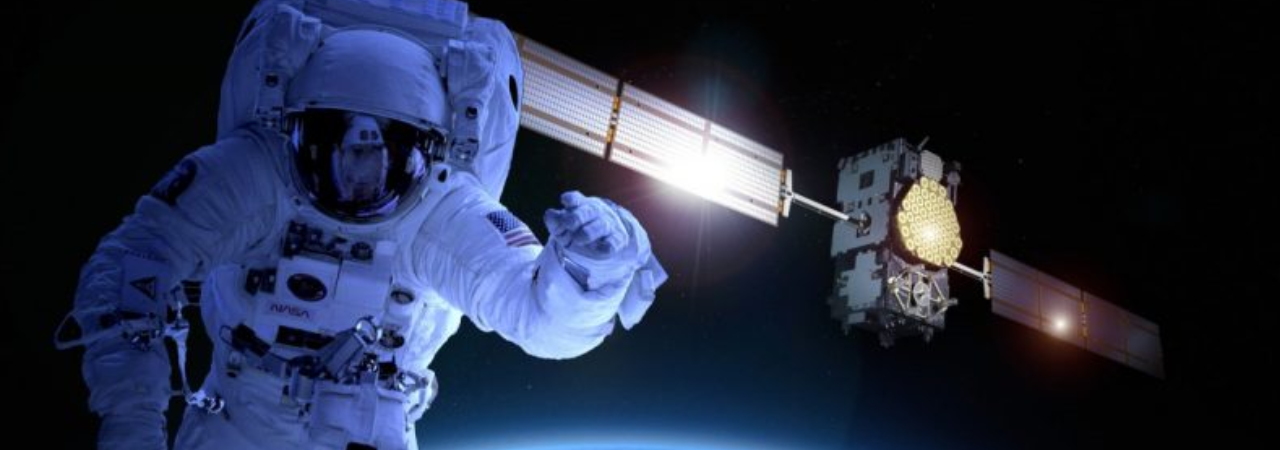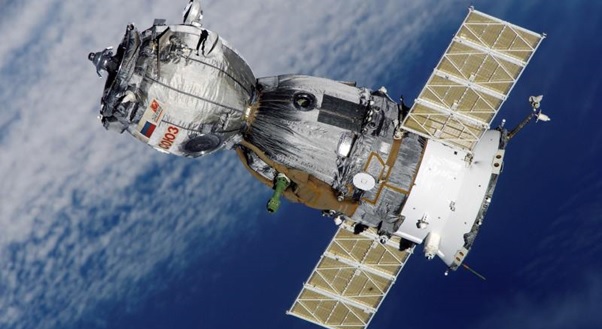
- September 12, 2022
- TGTD
- 0
Global Space Business Bulletin

ISRO, the Indian Space Agency has revolutionised Space Usage by cutting edge research, very competitive costs and meticulous planning. This has made ISRO, a very key player in shaping the Space Industry of the future.
Space Exploration has come a very long way since 1969 when Neil Armstrong set his foot on the Moon. High levels of private funding, advances in technology and growing public-sector interest are driving the Space Exploration Industry toward the stars. According to an estimate, the revenue generated by the global space industry may increase to more than $1 trillion by 2040.
While aerospace technology used to be limited in a few countries, over the years, the scenario has changed quite a bit. A host of ambitious nations are boosting their space exploration programs, ensuring major competition in the field. The United States remains the leader of space activity, but many more countries are getting involved and increasing their investments. US accounts for approximately one-third of the operational spacecraft currently in orbit around Earth. With the help of the National Aeronautics and Space Administration (NASA), they have led many space exploration efforts– from the Apollo moon-landing missions, the Skylab space station, International Space Station (ISS) to the Mars Exploration Rover and the latest Artemis Mission to Moon.

An increase in number of investors are showing interest in the Space Exploration Industry as rocket launches and the applications are growing rapidly. This is resulting in thousands of more satellites – and many more people than ever before – venturing into orbit.
Investors have recently focused on space ventures in low-Earth orbit, and there is growing interest in Moon and other Celestial bodies . An increasing number of investors are showing interest in the Space Exploration Industry as rocket launches have become much less expensive. This is resulting in thousands of more satellites—and many more people than ever before—venturing into orbit. Of Course, more objects in space also mean more space debris and higher risks of collisions. With more satellites and space debris in orbit, it’s time for a new approach for mitigating collisions.
New satellite constellations are on anvil, but their long-term success hinges on substantial cost reductions. Advanced materials, Micro Satellites, Reusable launch vehicles, Small Satellite Launch Vehicles are some of the key areas fuelling more research and investments.
Space as an investment theme is also likely to impact a number of industries beyond Aerospace & Defense, such as IT Hardware and Telecom sectors, Online Education etc. According to an estimate from Morgan Stanley , the global space industry could generate revenue of $1 trillion or more in 2040, up from $350 billion, currently. Yet, the most significant short- and medium-term opportunities are expected to come from satellite broadband Internet access.
D.V . Venkatagiri, CEO
Explore The Space & The Global Trade Driver

